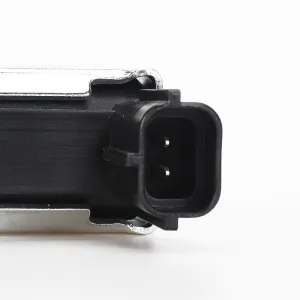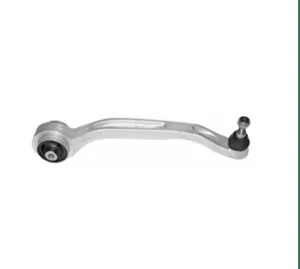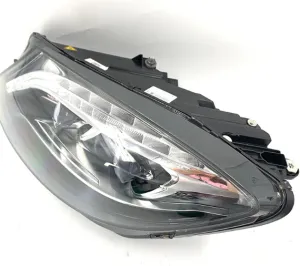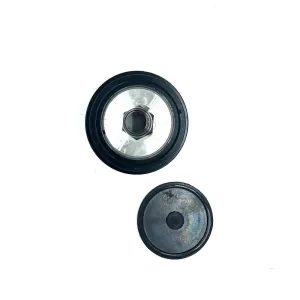Chassis problems
1. Causes of damage to Tanyue chassis
1. Drag the bottom, and foreign matter hits the chassis
On domestic roads, the roads that have just been repaired today will be “ripped open” again tomorrow. When the road surface is repaired, in most cases, more large stones or potholes will be produced. At this time, if our car is driving on such a road surface, if we don’t pay attention, the large stones or other road protrusions will come into close contact with the chassis of our vehicles, which is what we often call dragging the bottom.
Because the occurrence of bottom dragging is uncertain, it can easily cause damage to parts located in the chassis, such as broken three-way catalytic converter housing, cracked engine oil pan, cracked transmission housing, or deformed suspension system. The occurrence of these problems will cause fatal damage to your car.
2. corrosion
As the environment becomes increasingly harsh, sometimes even the rain is acid rain. In such an environment, our cars may increase the possibility of damage. Since the chassis is often in contact with substances such as sewage and grease, and the chemical components in these substances will slowly corrode the chassis and the parts on the chassis, we must pay more attention to the anti-corrosion of the chassis.
2. Tanyue chassis protection
Generally, in order to prevent the two situations that may easily cause damage to the chassis, it is recommended to install engine guards on the vehicle or carry out chassis protection commonly known as “chassis armor” on the chassis. Shimei strongly recommends installing engine guards because some economy cars do not install protective devices under the engine and gearbox in order to save costs, which allows the engine and gearbox to come into direct contact with the road. After the engine guard is installed, the engine and gearbox, as well as important parts located in the chassis of the front can be artificially protected, so that even if the bottom does occur, it will come into contact before the guard without damaging important parts.
1. “Chassis armor”(or “chassis sealing plastic”)
Chassis armor is a chassis protection technology in recent years. A layer of elastic sealing material with a thickness of 2 to 4 mm is sprayed on the underside of the car chassis.
Chassis armor can effectively protect the impact of sand and gravel on the chassis and prevent slight bottom-dragging friction; prevent acid, alkali and salt corrosion on the chassis; prevent the loosening of chassis screws; reduce the transmission of noise during driving and increase driving tranquility; Prevent heat conduction from the chassis iron plate, making the cab warm in winter and cool in summer.
2. Tanyue engine guard
The engine guard plate is an engine protection device designed according to various vehicle models. The design is first to prevent soil from wrapping the engine, and secondly to prevent damage to the engine caused by the impact of uneven road surfaces on the engine during driving. A series of designs are adopted to extend the service life of the engine and prevent the breakdown of cars whose engine is damaged due to external factors during travel.

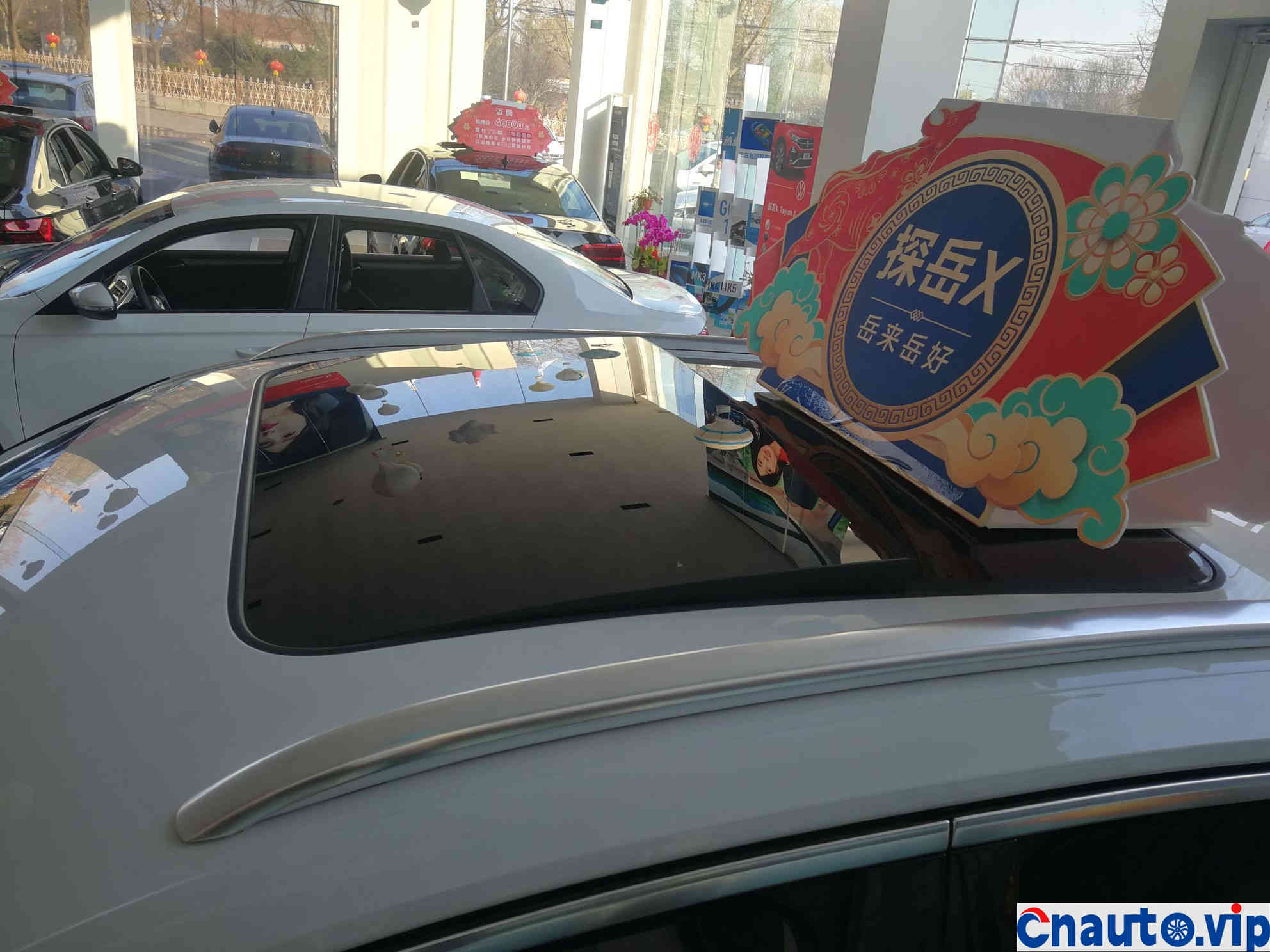
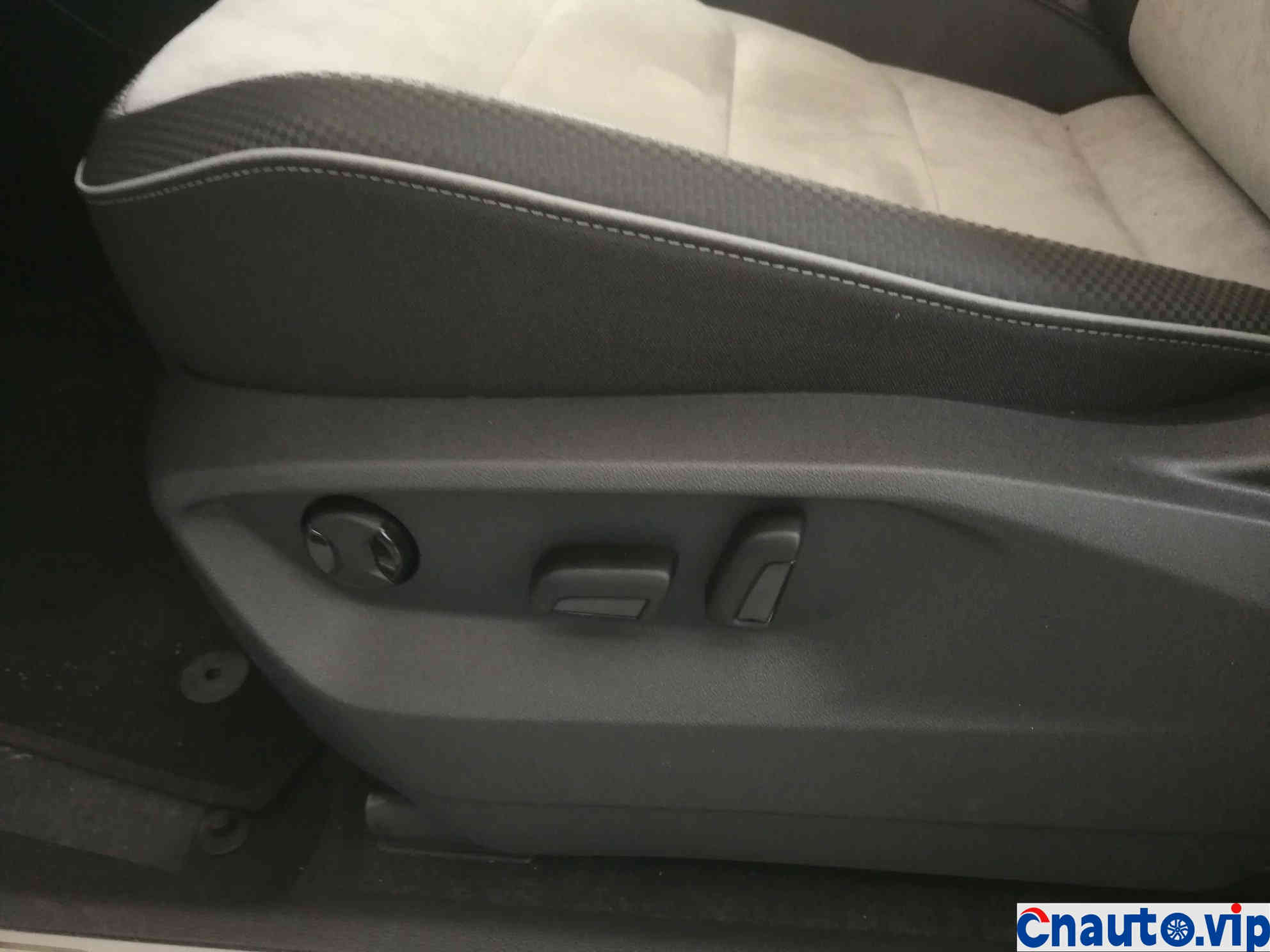
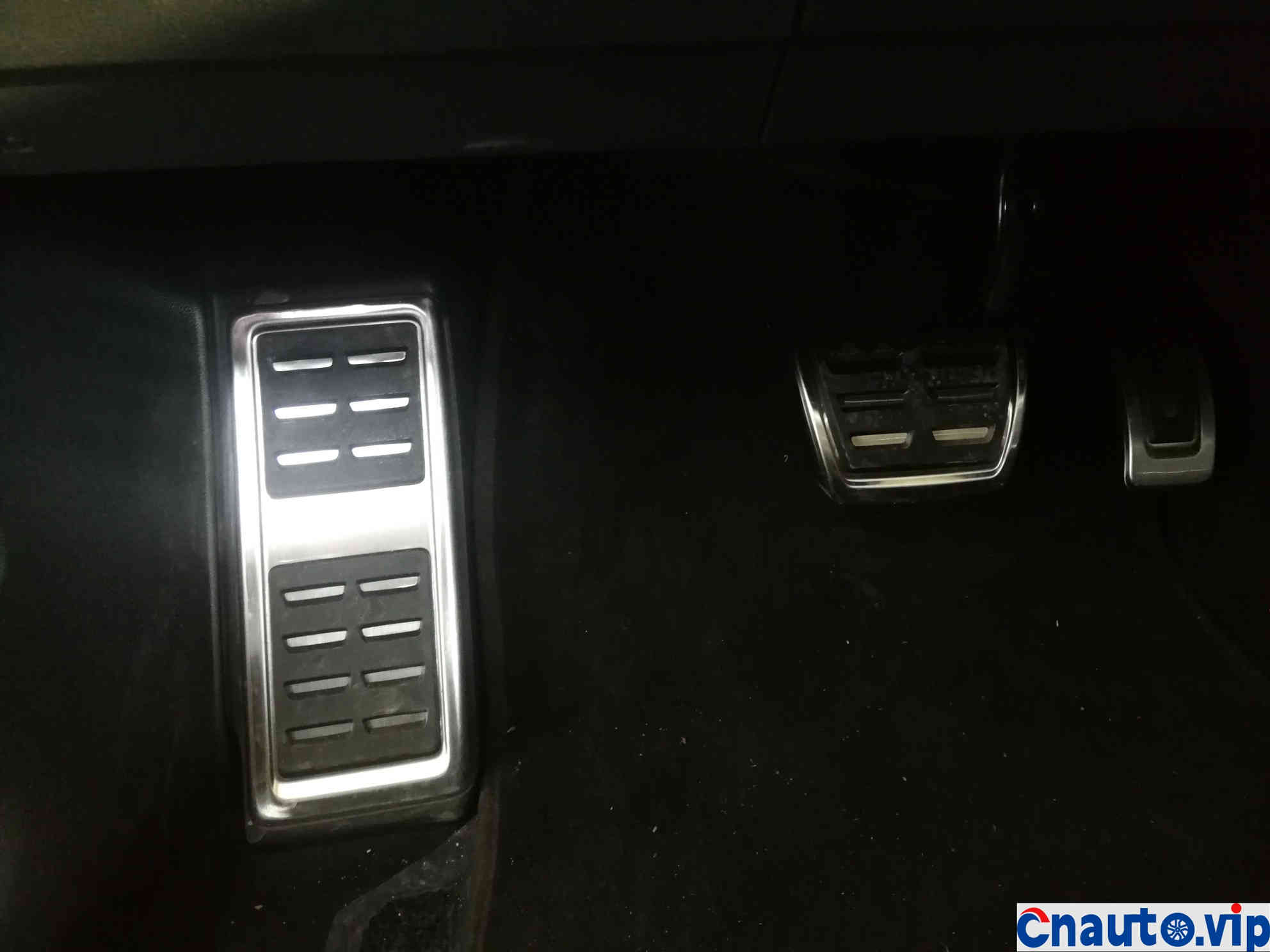

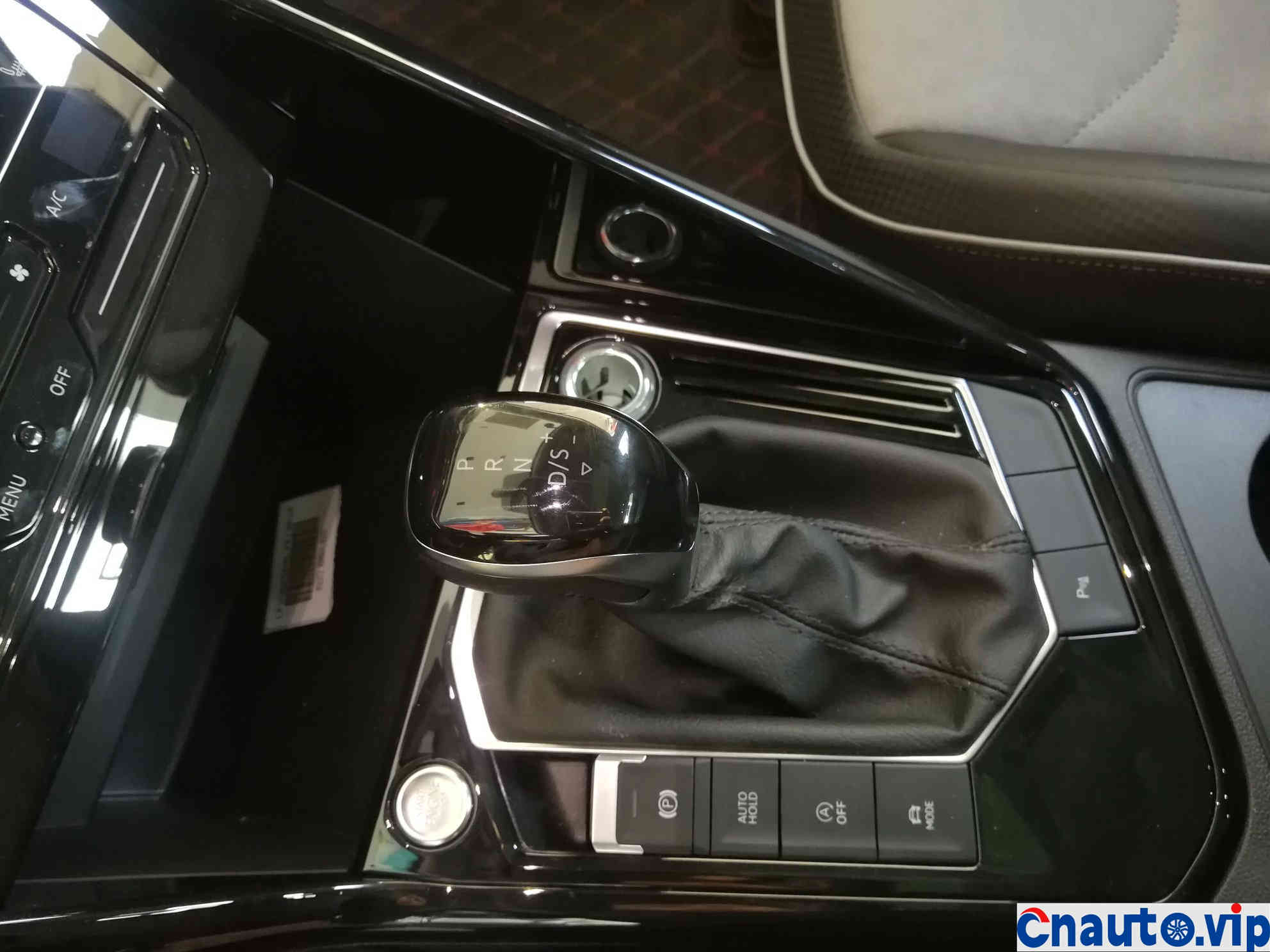

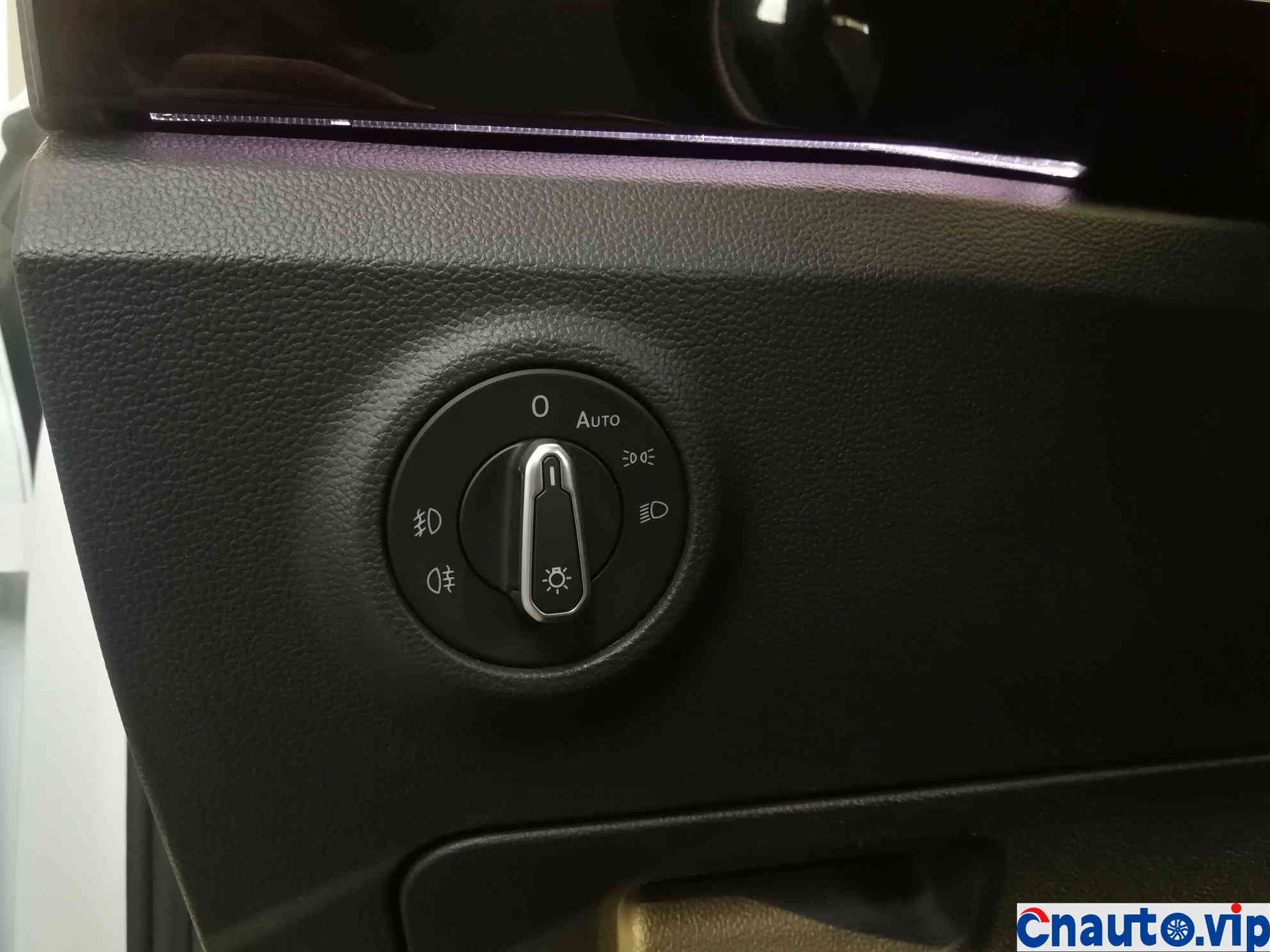

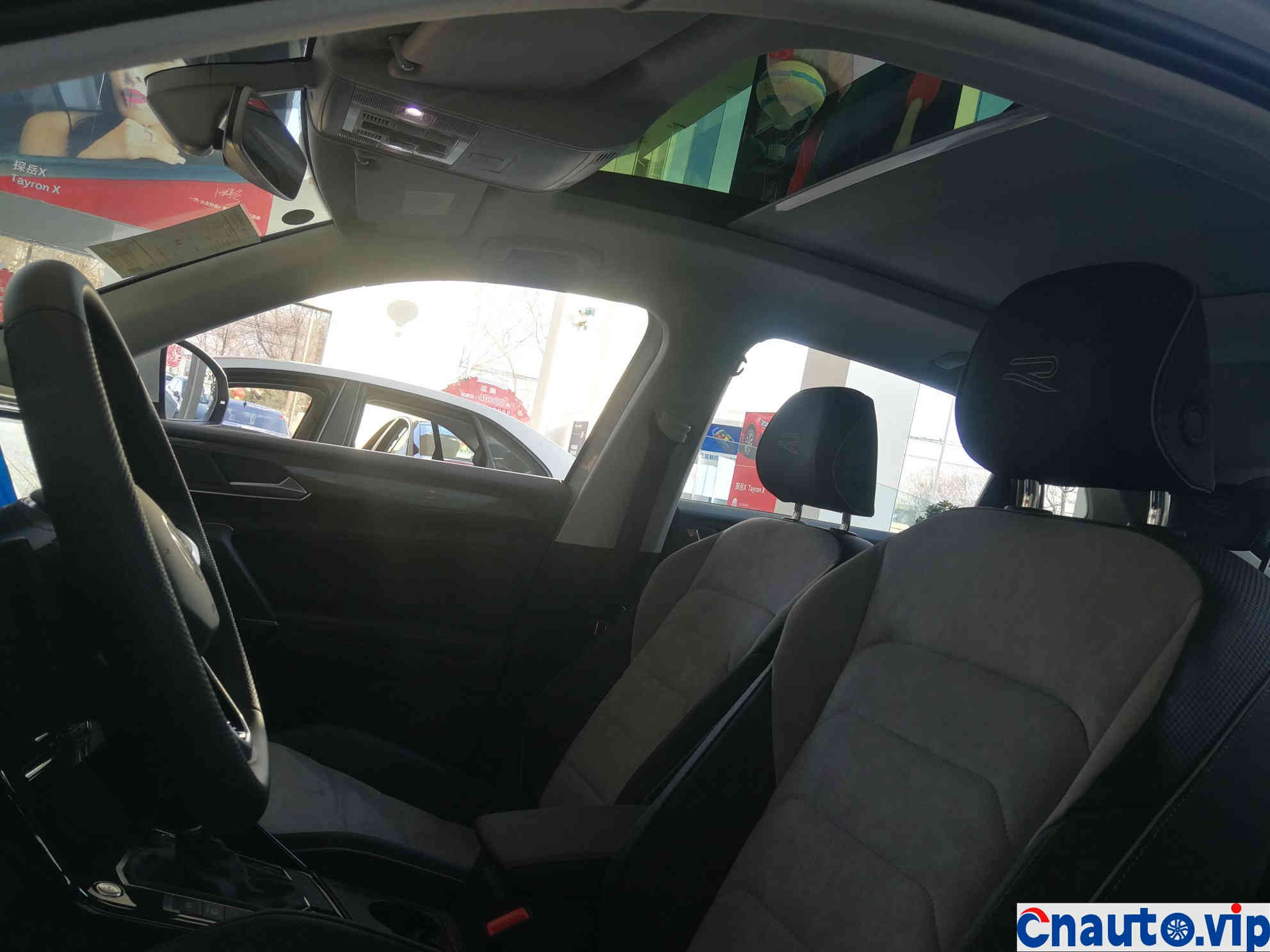
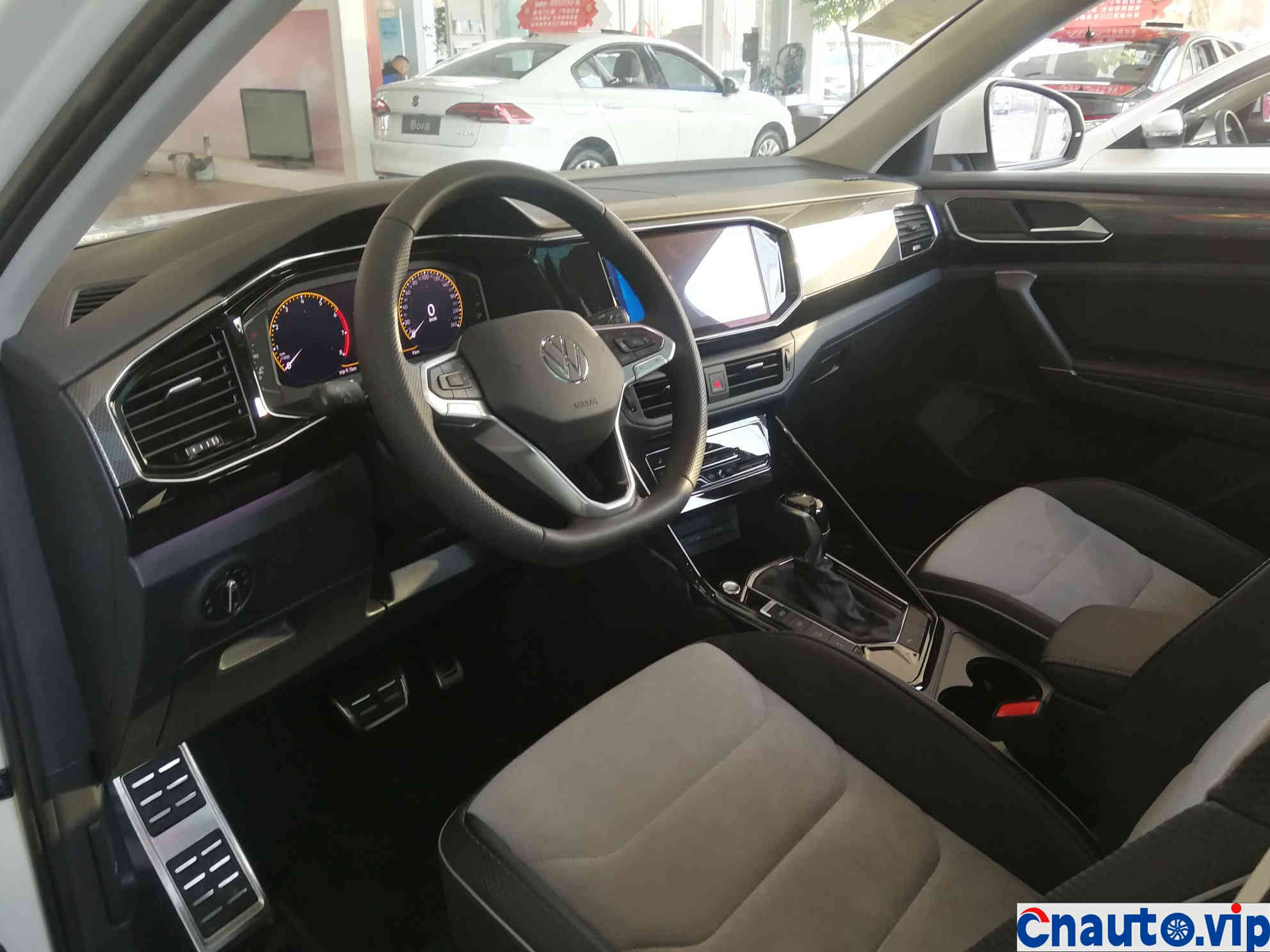
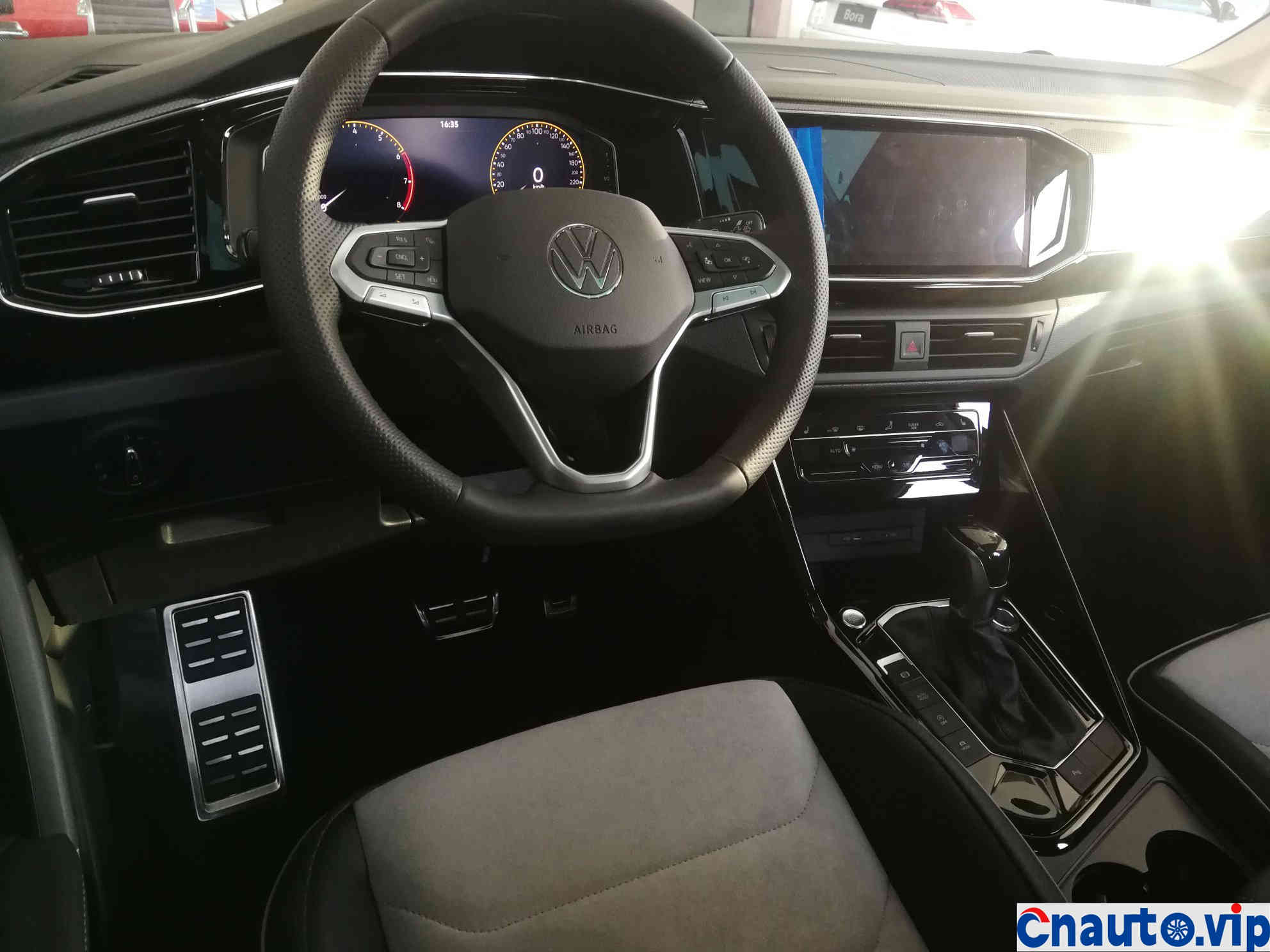
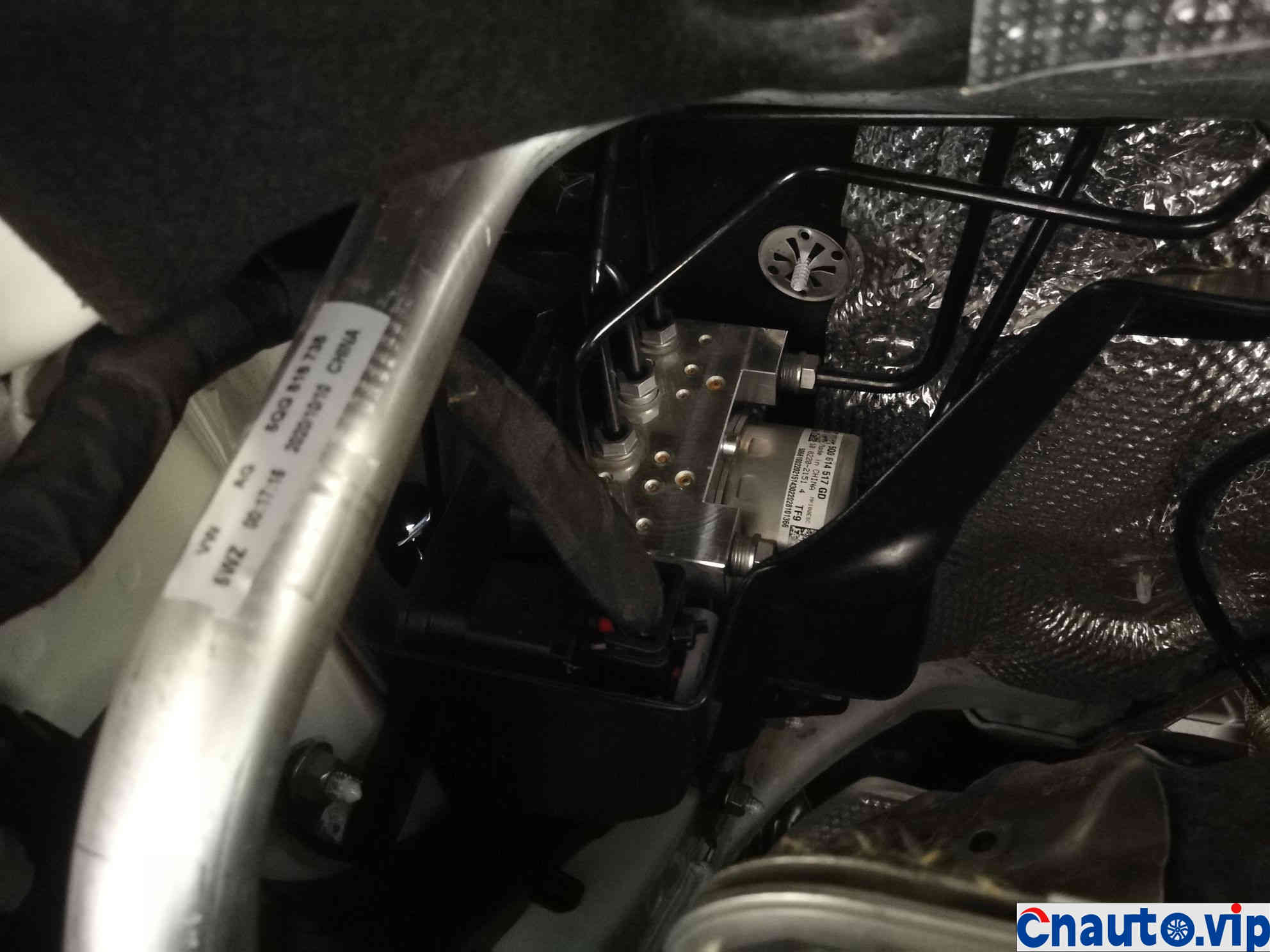



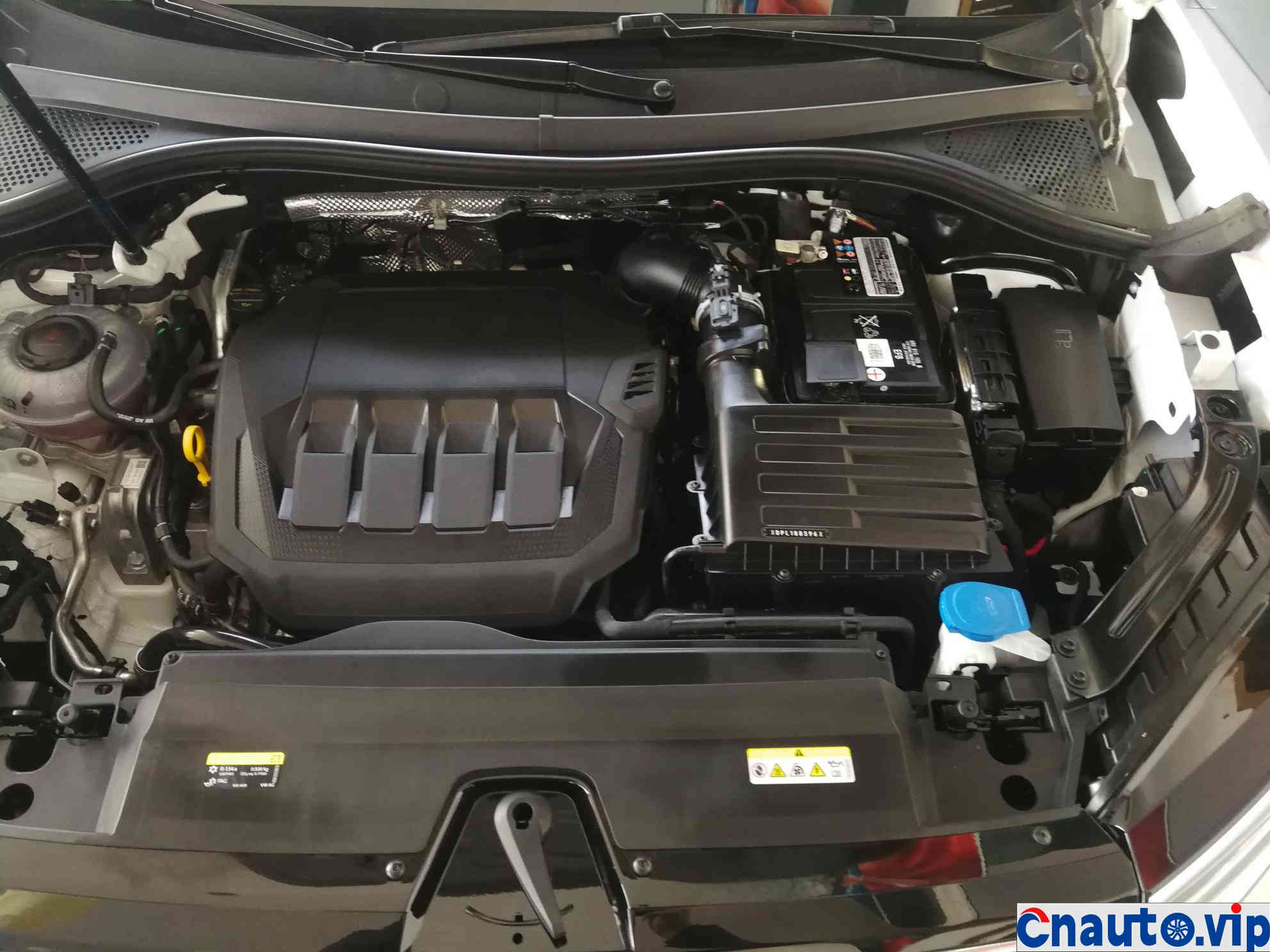


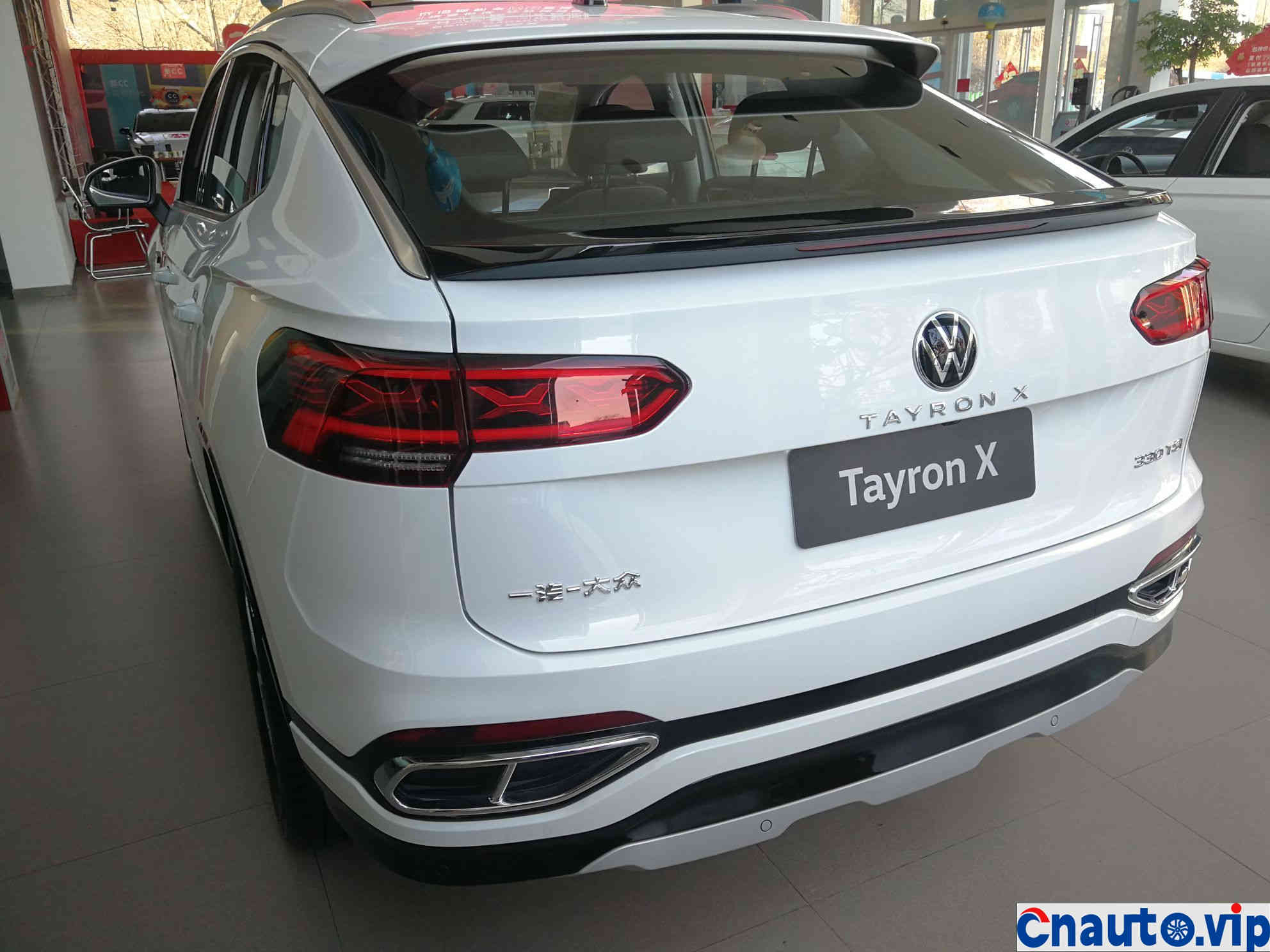
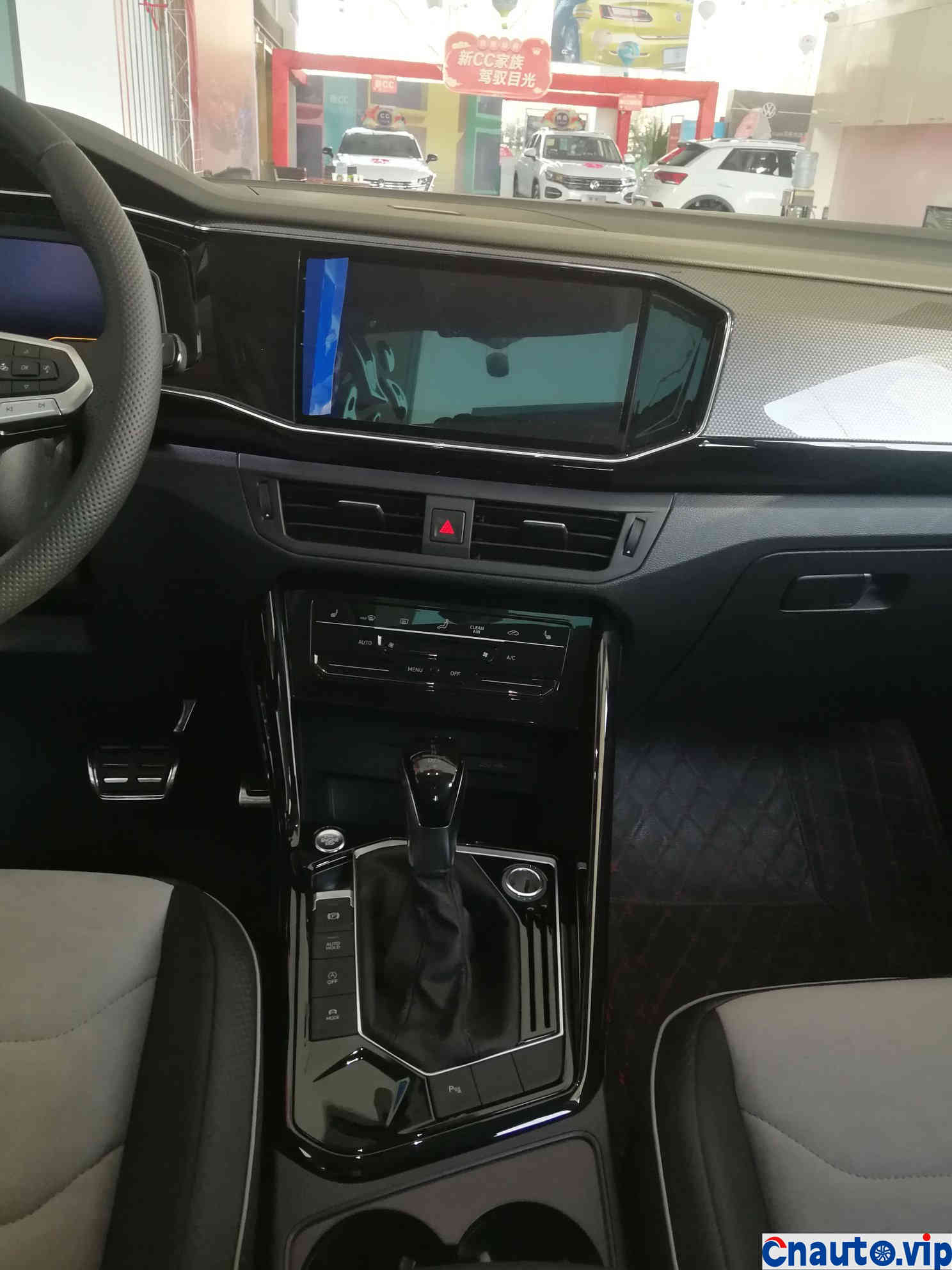
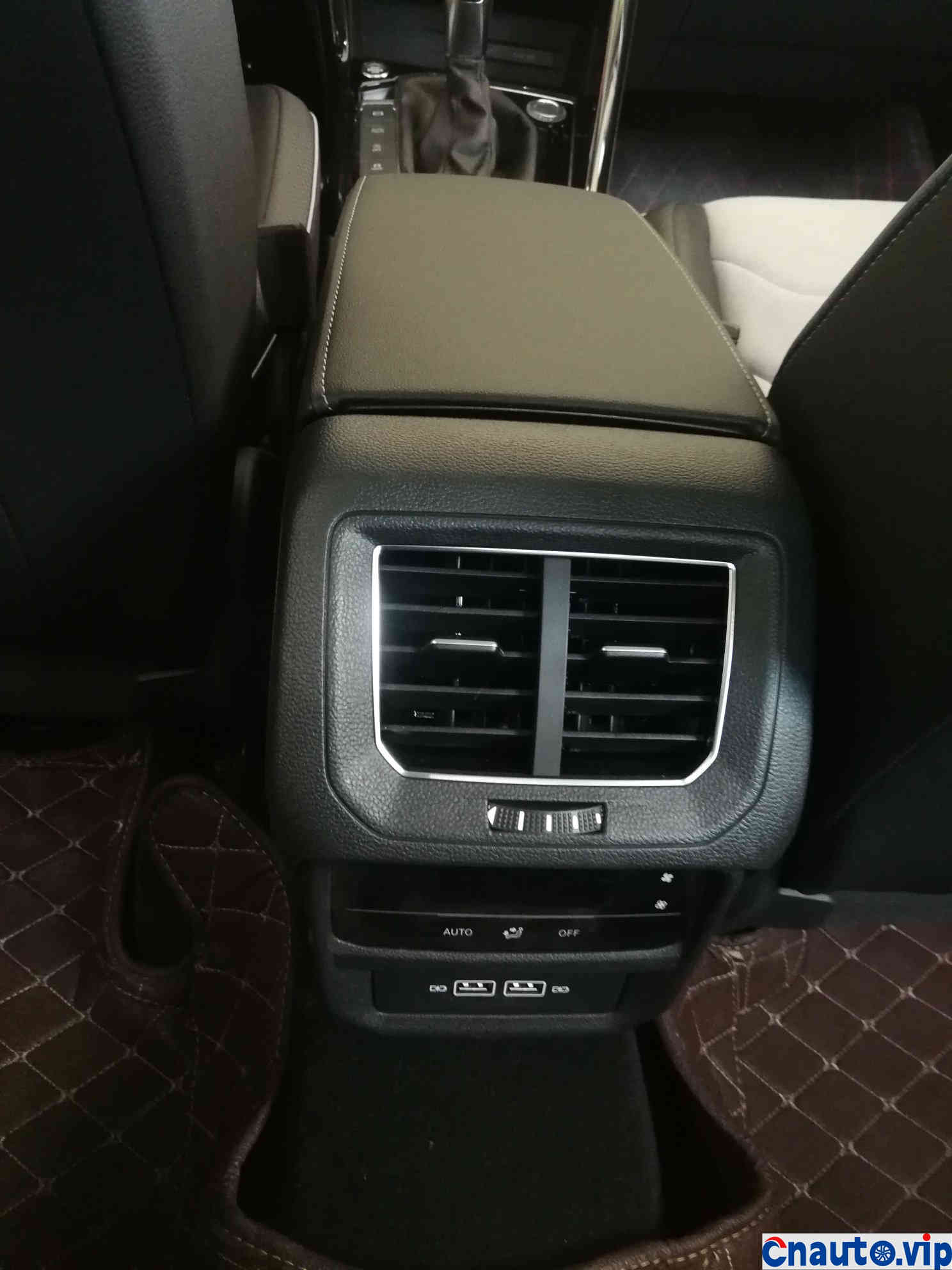

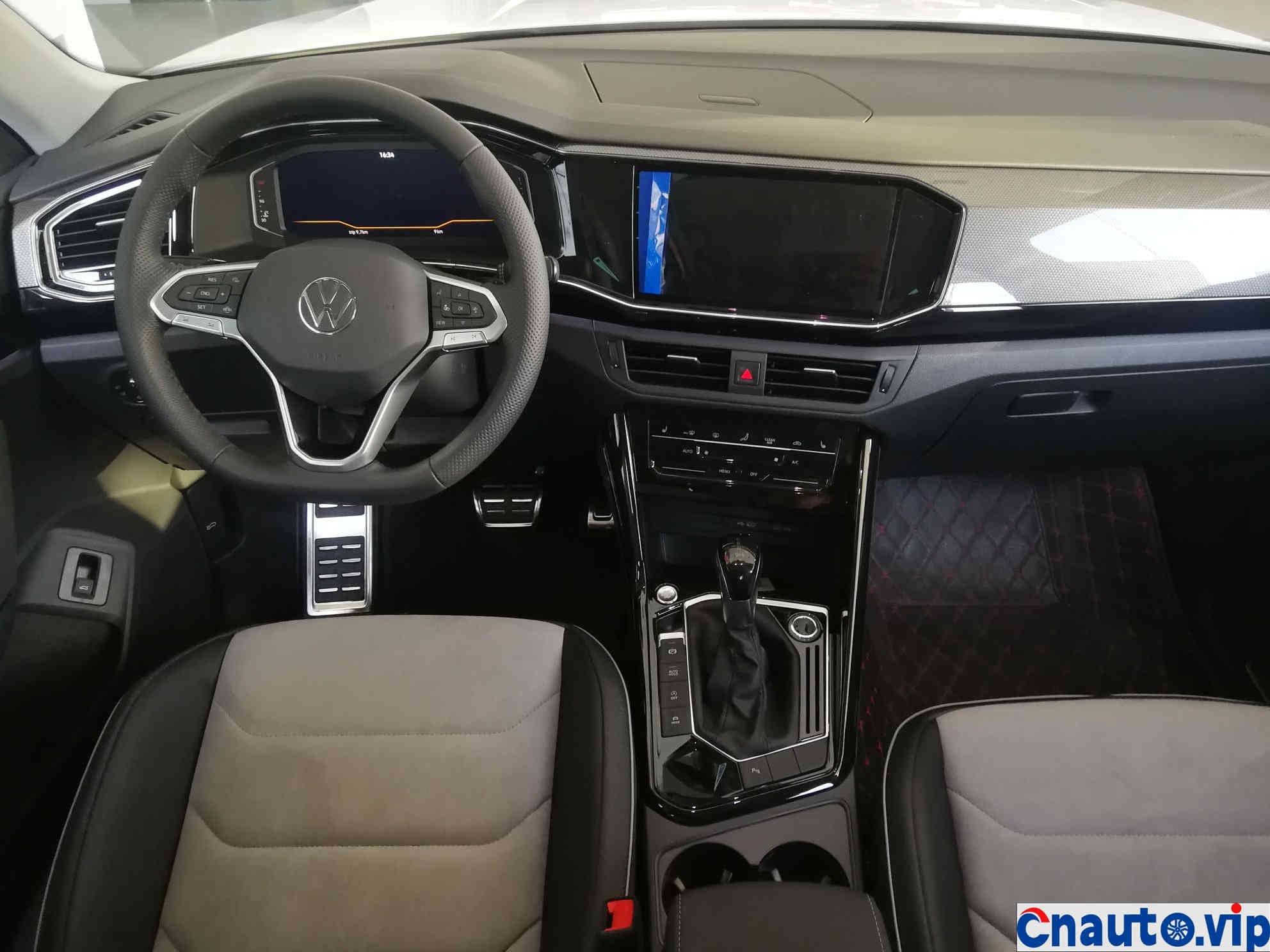

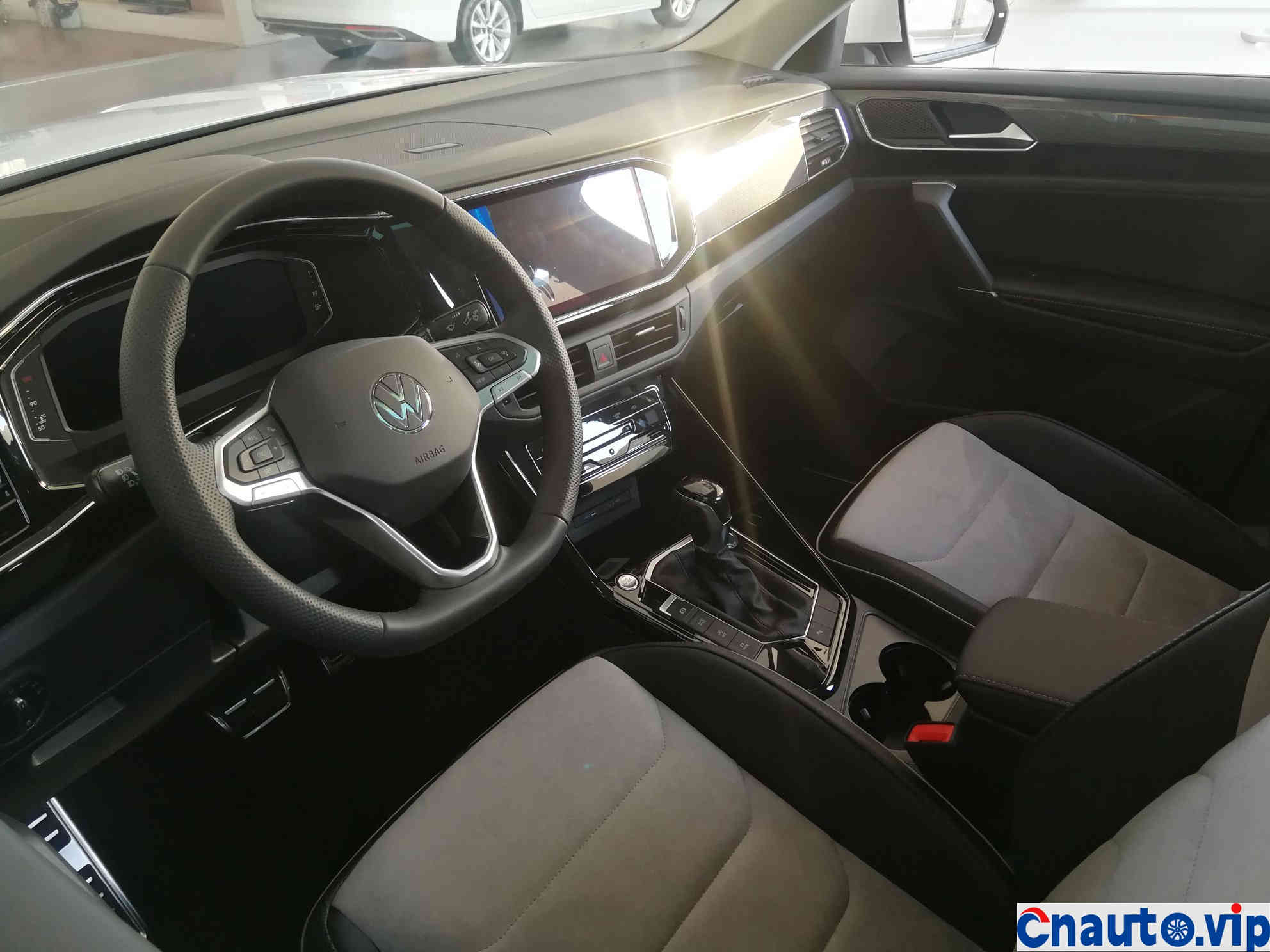



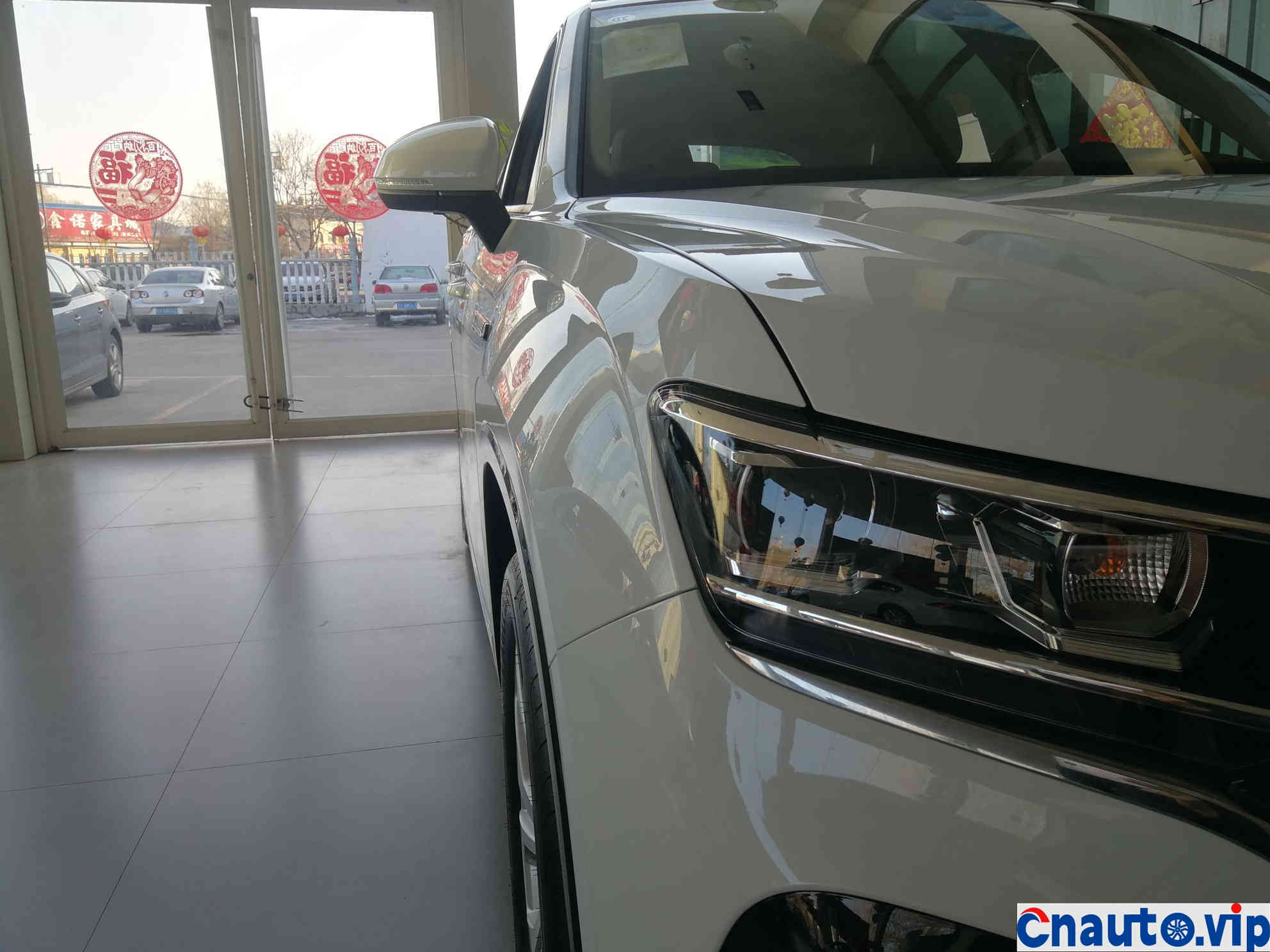
Recommended Suppliers
 April 1, 2024
April 1, 2024 
 March 27, 2024
March 27, 2024  March 27, 2024
March 27, 2024 




